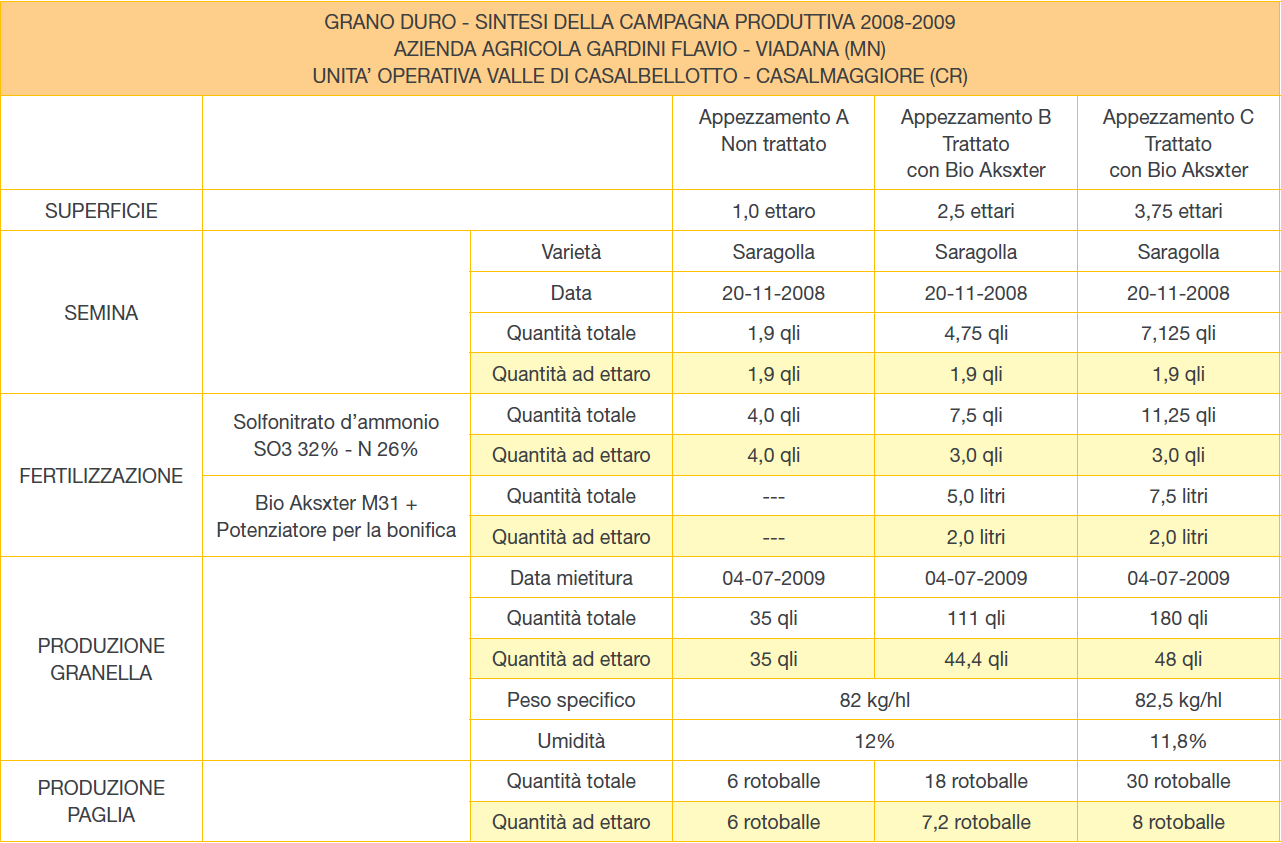Wheat with excessive rainfall, low temperatures and poor germination
Results obtained with BioAksxter® in durum wheat production at the Gardini Flavio farm.
The cultivation refers to a late sowing followed by a long period of excessive rainfall and a sudden drop in temperature, which led to the delay and poor germination.
The Gardini Flavio farm in Viadana (MN), carries out its horticultural and cereal production activities in Valle di Casalbellotto (CR). The land located a few kilometres from the Po River, and which has always been cultivated, is characterised by soil lacking in skeleton, rich in silt and clay and rather compact.
The use of BioAksxter® on durum wheat started in November 2008 in two 2 plots of 2.5 and 3.75 hectares respectively. Of these, one part had previously been cultivated with vegetables and treated with BioAksxter® since July 2008.
The intervention plan called for the use of 2 litres per hectare of BioAksxter® M31 Agriculture + Specific enhancer for soil remediation in a ratio of 1:5, distributed in three treatments: the first at sowing (November), the second at the beginning of tillering (February) and the third close to flowering (April).
Durum wheat (Saragolla variety) was sown on 20 November 2008 with 1.9 quintals of seed per hectare. Subsequently, heavy rainfall (over 100 mm in 15 days) resulted in prolonged water stagnation in the soil, which kept the seed submerged for several days, leading to a lack of germination.
In addition, low temperatures and the continuation of high rainfall throughout the winter delayed and slowed down the tillering and development of the plants.
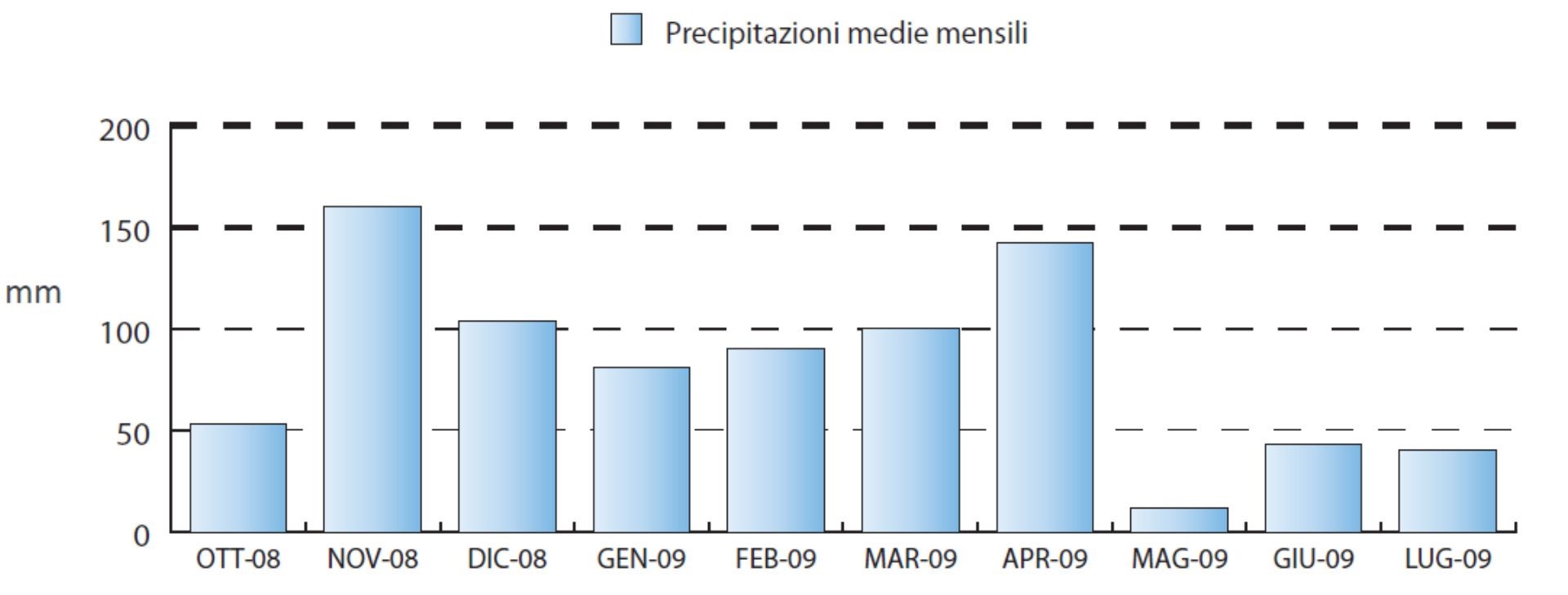
By 23 March 2009, the percentage of ungerminated seeds was around 50 per cent and the plants were uneven, slender and stunted, so that the rows were barely visible.
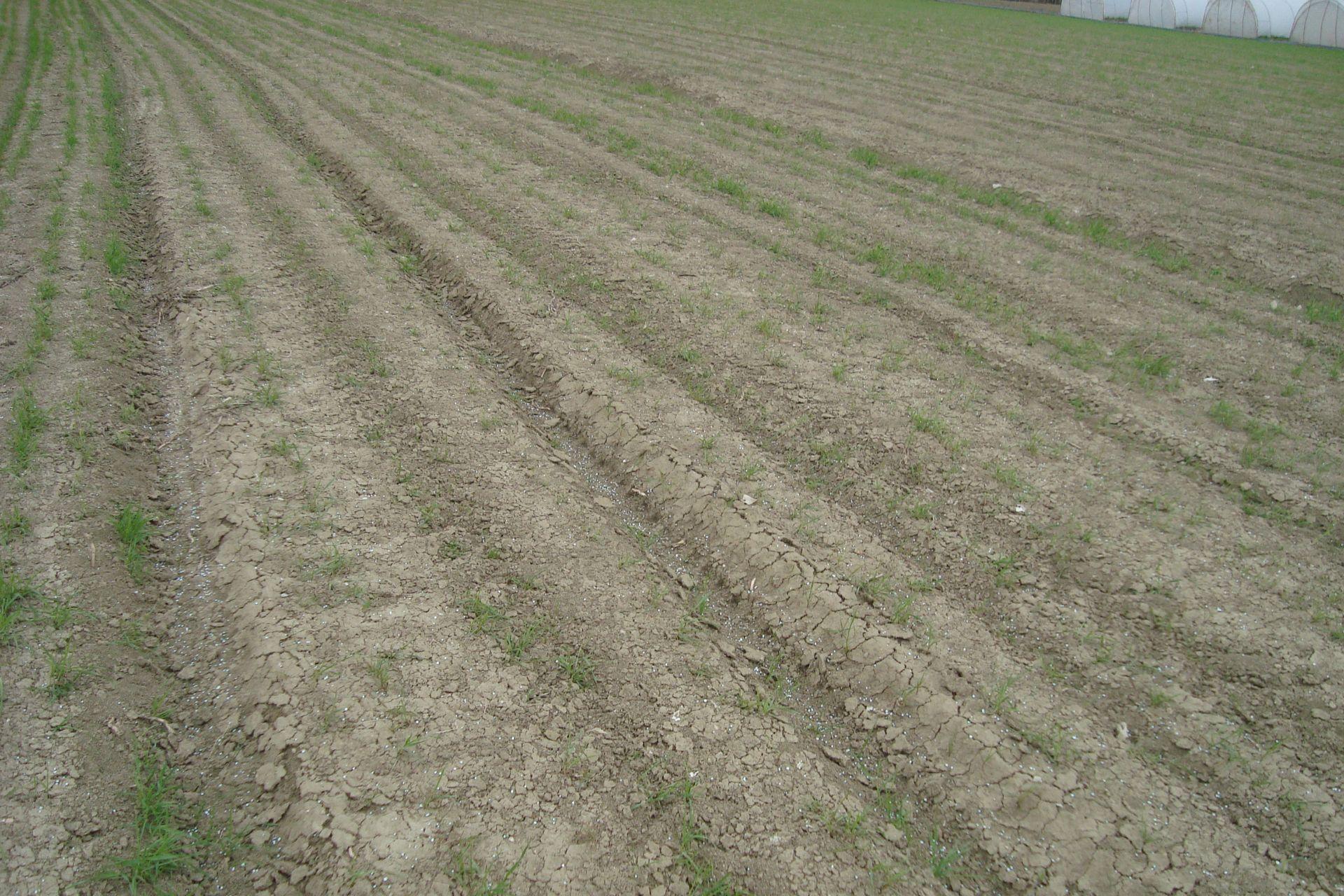
23-03-2009 Durum wheat crop severely thinned as a result of prolonged seed flooding caused by excessive rainfall.
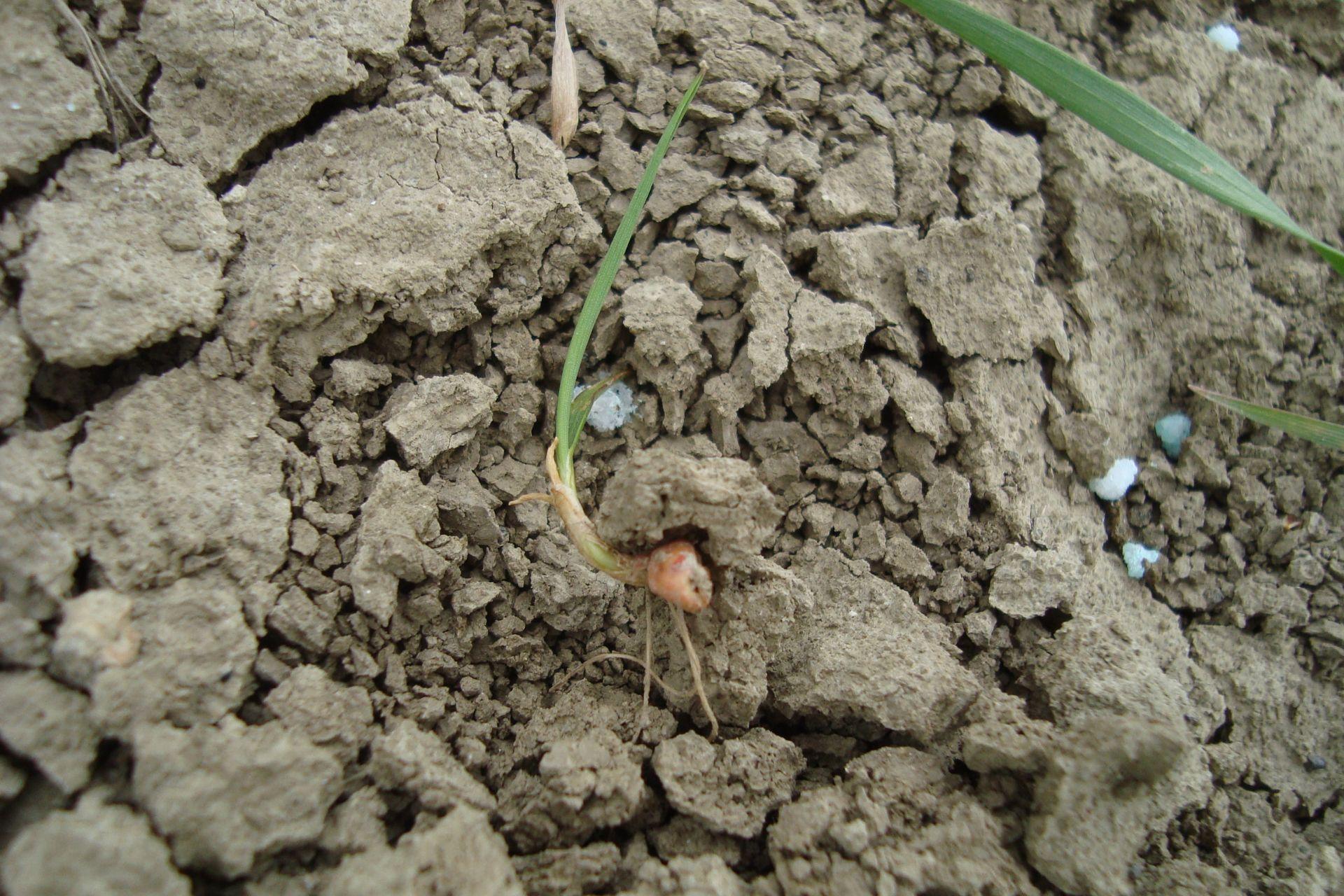
23-03-2009 Durum wheat, detail of reduced development following prolonged seed flooding caused by excessive rainfall.
According to an estimate made by the farm owner, the production loss would be 50-75%.
While in normal years production averaged around 45 quintals per hectare, with peaks of 60-70 quintals in particularly productive years, for 2009 Mr Gardini estimated a production of around 25 quintals per hectare.
Given the severity of the situation, the third treatment was carried out in two stages in order to best complete tillering and maximise production potential in the remaining stages.
Plots treated with BioAksxter® were compared to a 1 ha plot untreated and fertilised with 33% more ammonium sulphonitrate.
The difference on the treated crops observed on 7 May 2009 was clearly visible: the plants were taller, with wide, erect leaves, strong culms and a longer ear.
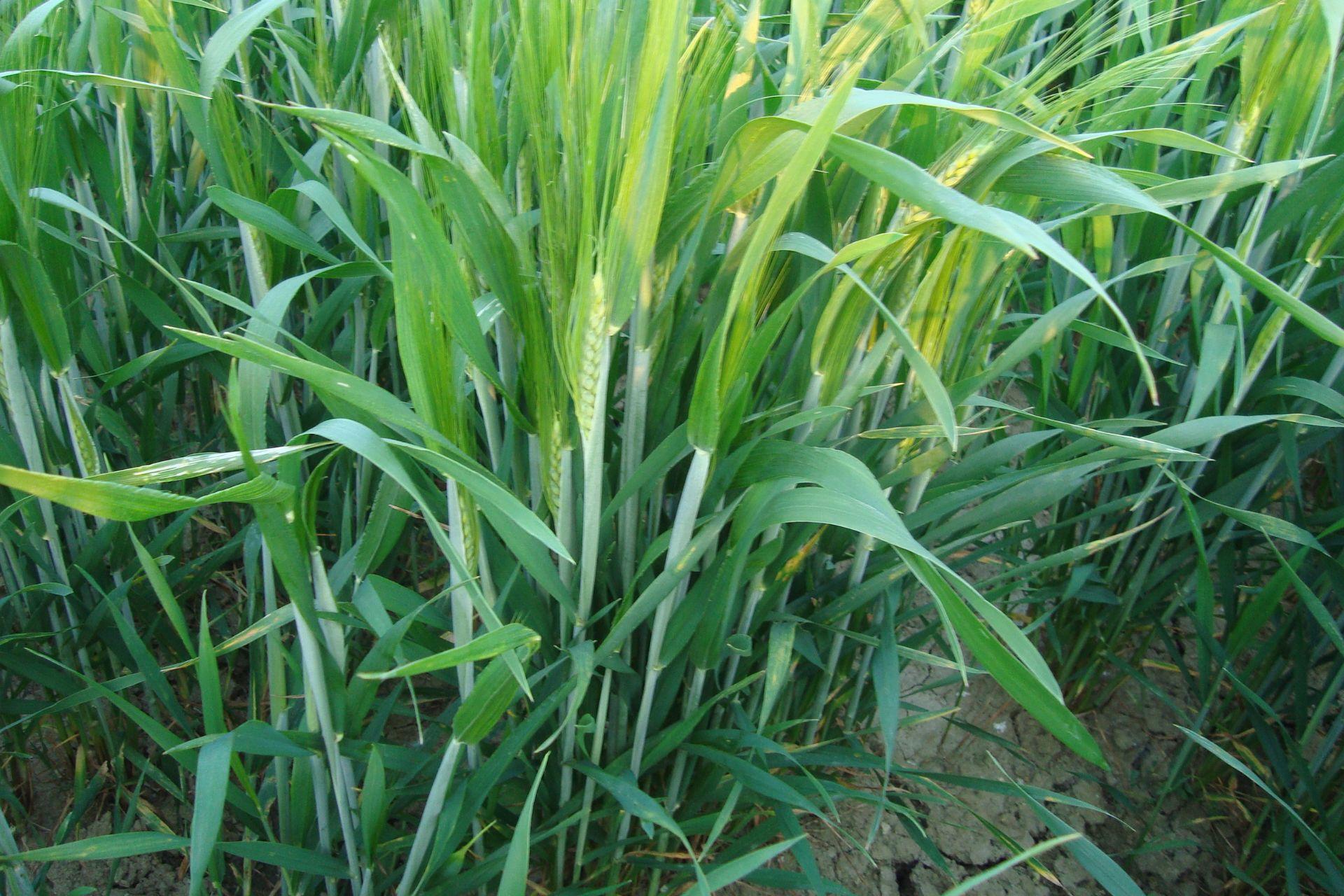
07-05-2009 Untreated durum wheat
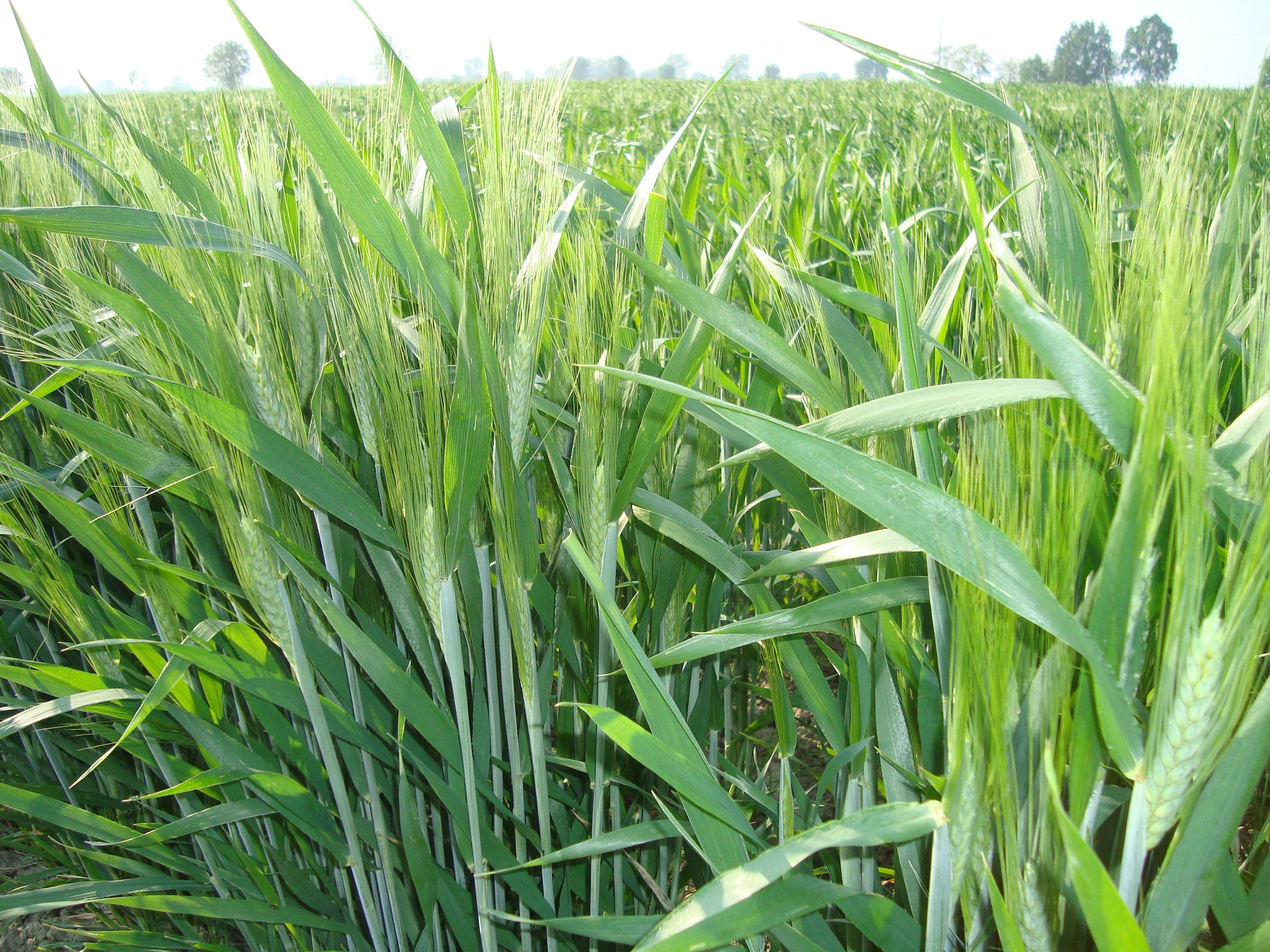
07-05-2009 Durum wheat treated with BioAksxter®; detail of improved culm and ear development.
By 22 June 2009, the culm count in the untreated durum wheat showed a maximum of 10 units, compared to 15-16 in the treated plots; the treated was much denser with larger, well-developed ears.
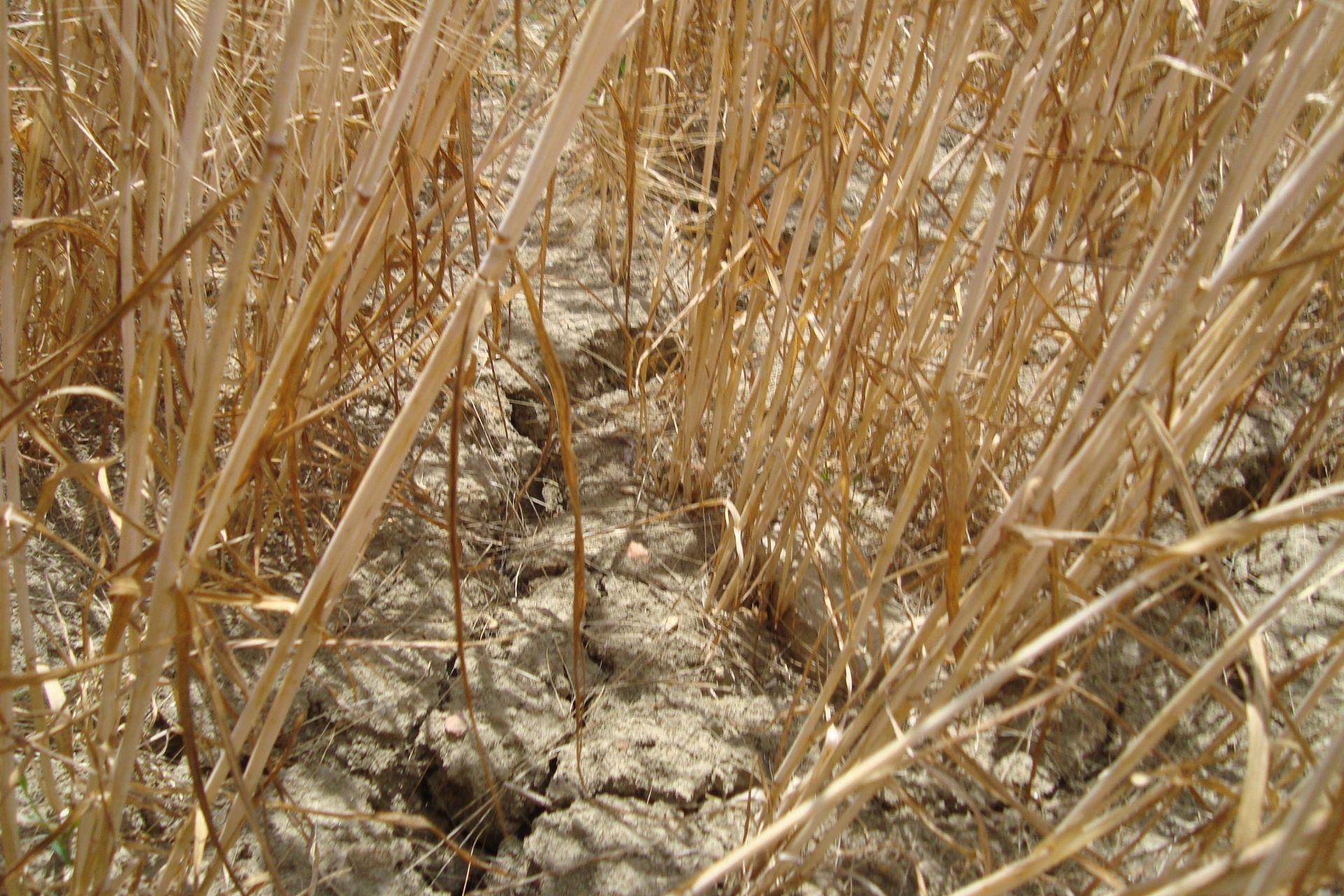
22-06-2009 Untreated durum wheat.
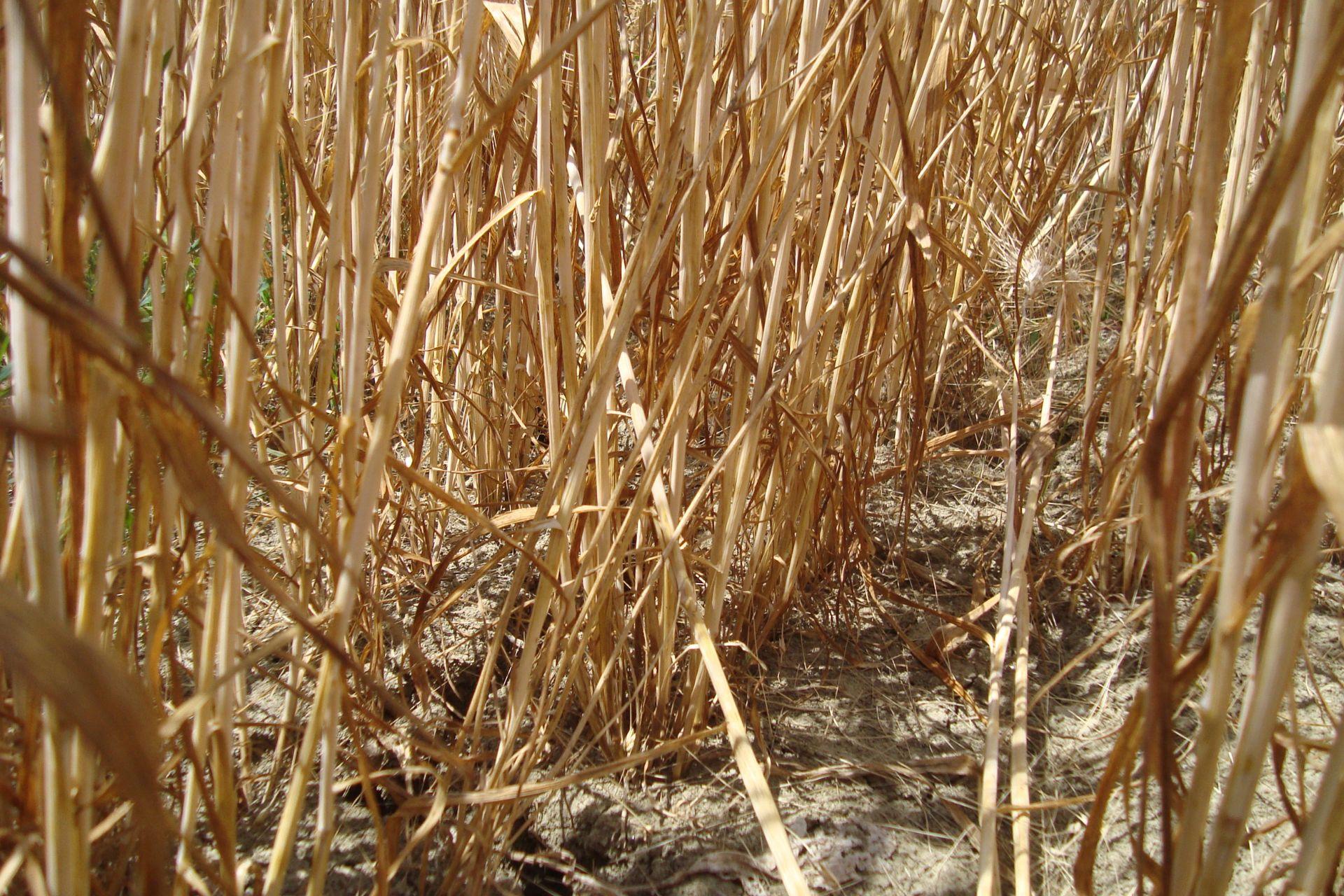
22-06-2009 Durum wheat treated with BioAksxter®; detail of increased tillering.
Harvesting took place on 4 July 2009. In the untreated plot of one hectare (A), 35 quintals of grain were harvested, while in the two treated plots, 111 quintals were harvested in the plot of 2.5 hectares (B) and 180 quintals in the plot of 3.75 hectares (C), corresponding to 44.4 and 48 quintals/hectare, respectively.
The grain yield increase, compared to untreated, was 26.8% in plot B and 37.1% in plot C, with an average of 33%.
The stored batch of 100 per cent treated durum wheat recorded a specific weight of 82.5 kg/hl and a moisture content of 11.8 per cent.
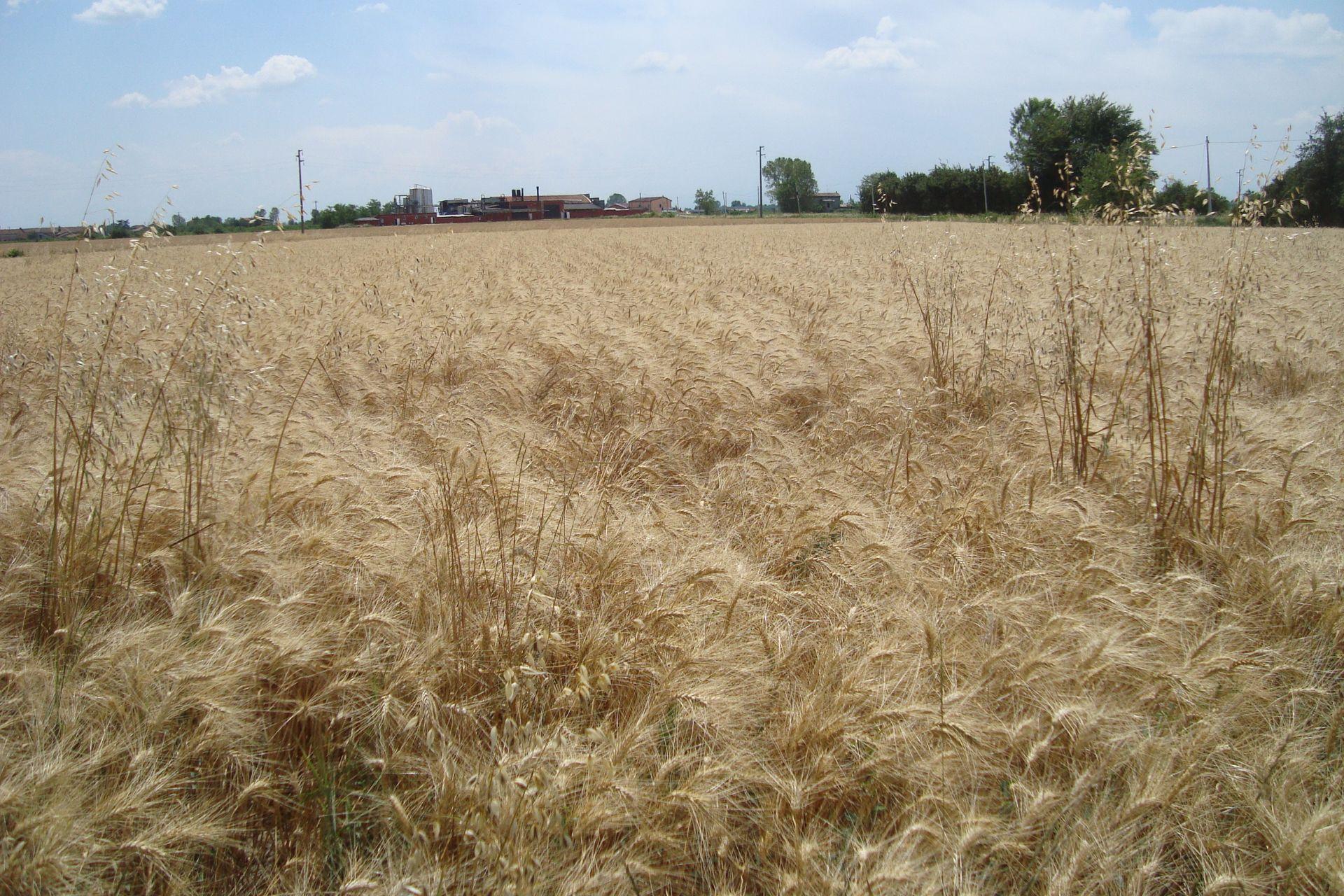
22-06-2009 Untreated durum wheat.
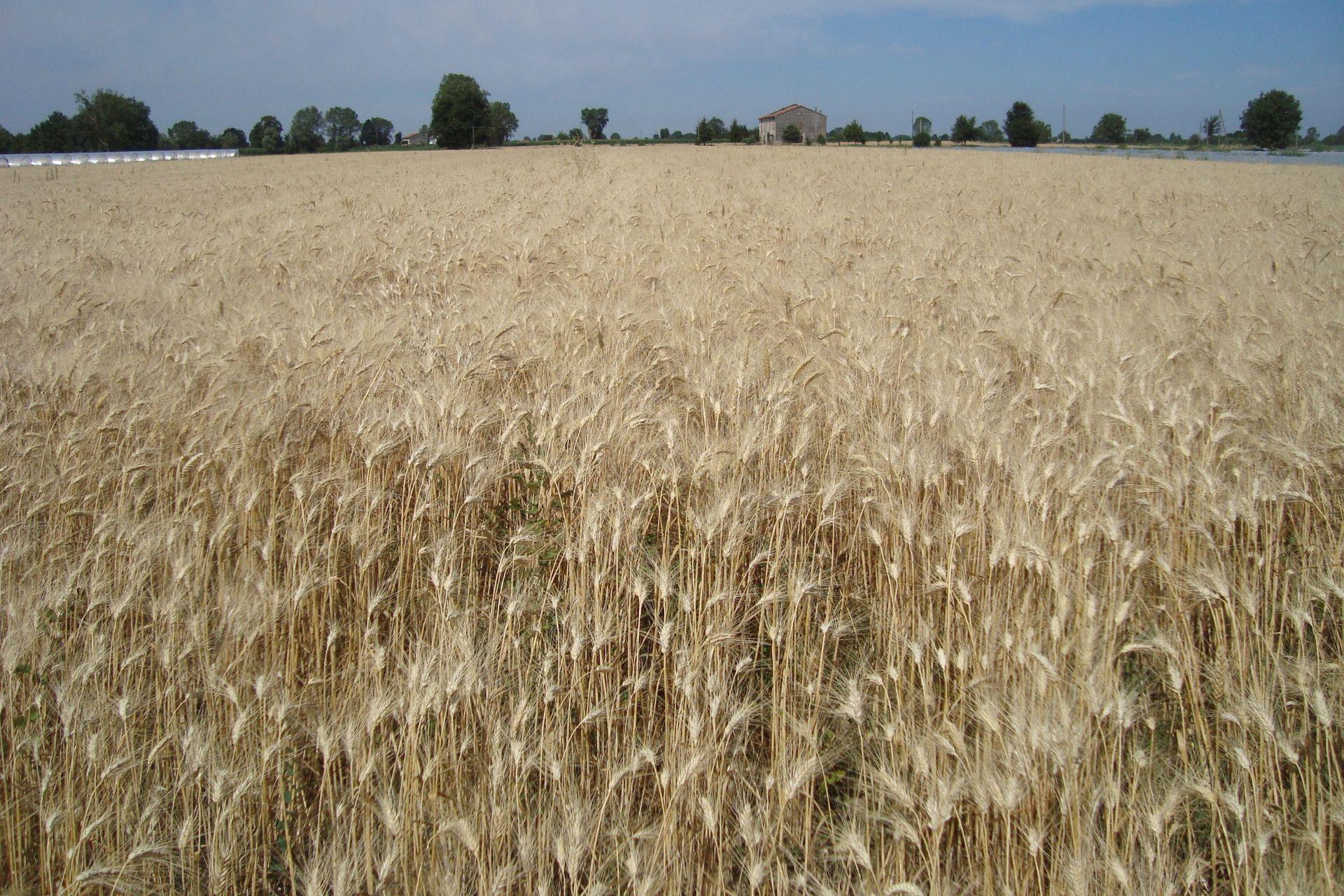
22-06-2009 Durum wheat treated with BioAksxter®; notice the increased production.
There was also an increase in straw production: in the untreated plot, 6 round bales per hectare were harvested, whereas in the treated ones, an average of 7.7 round bales per hectare were harvested, which is 28% more.
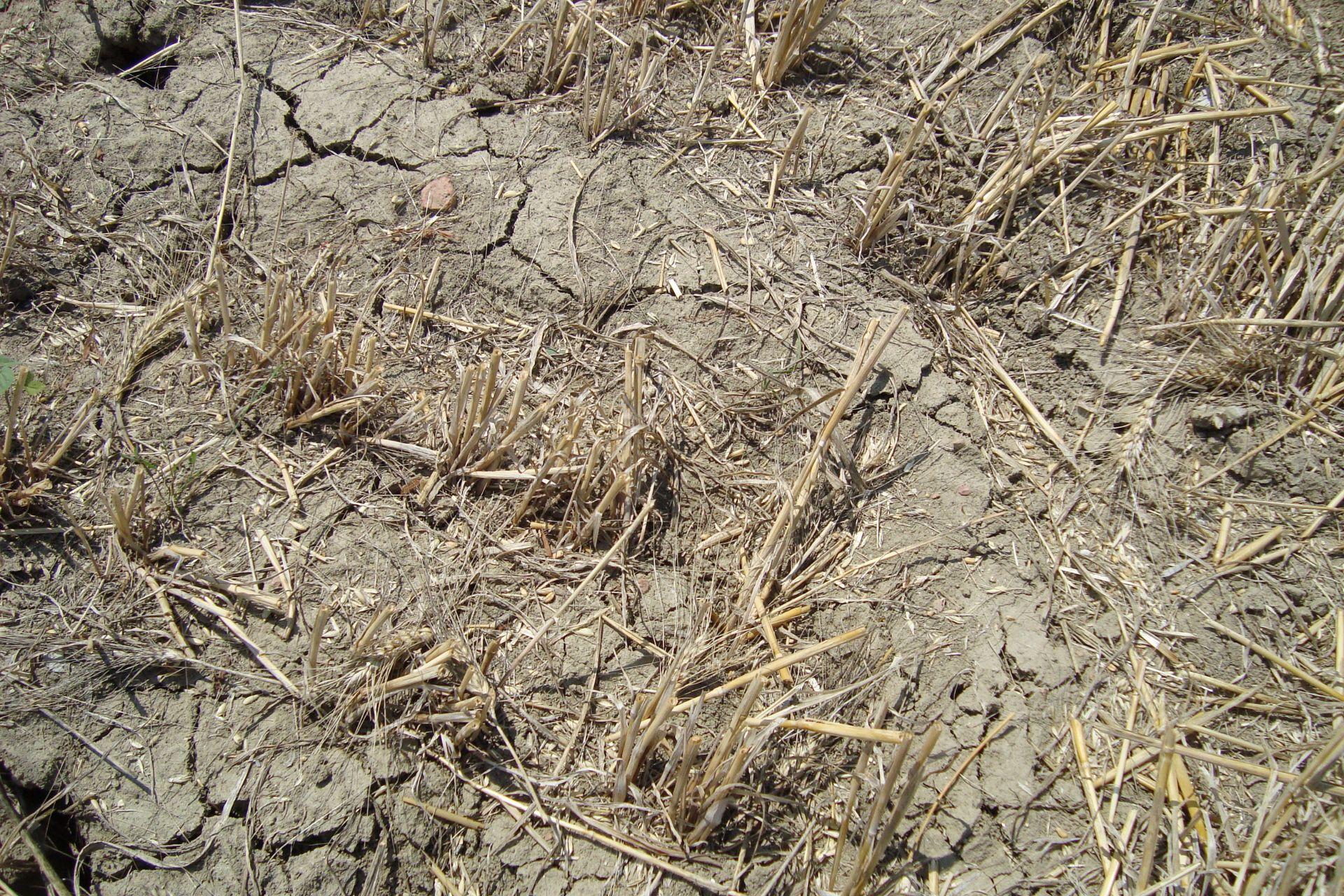
09-07-2009 Crop residues of untreated durum wheat after harvesting and straw collection; detail of poor tillering.
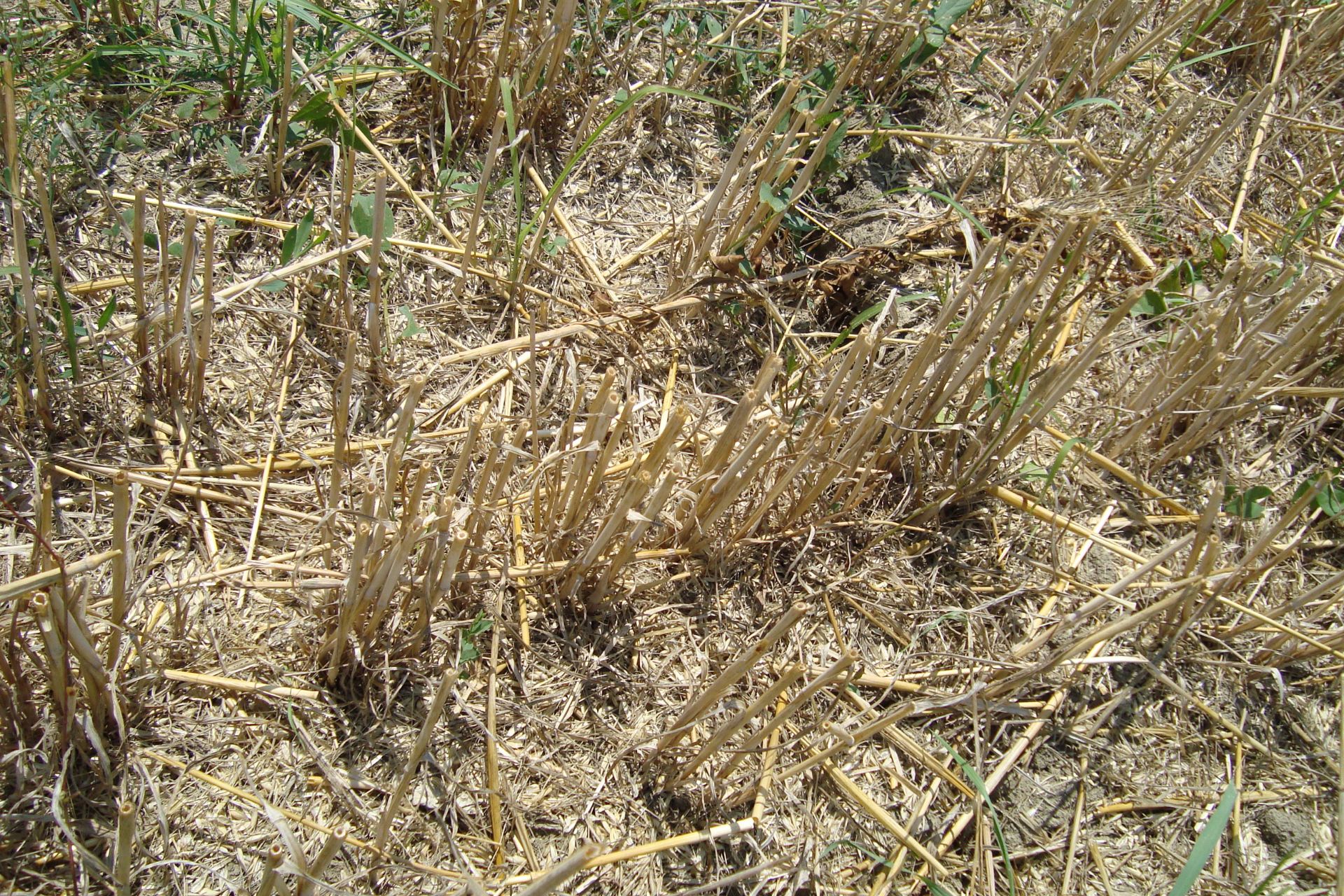
09-07-2009 Crop residues after reaping and harvesting the straw of durum wheat treated with BioAksxter®; more culms can be seen.
Grano Duro coltivato con BioAksxter® - Sintesi di Confronto delle Produzioni di Granella e Paglia
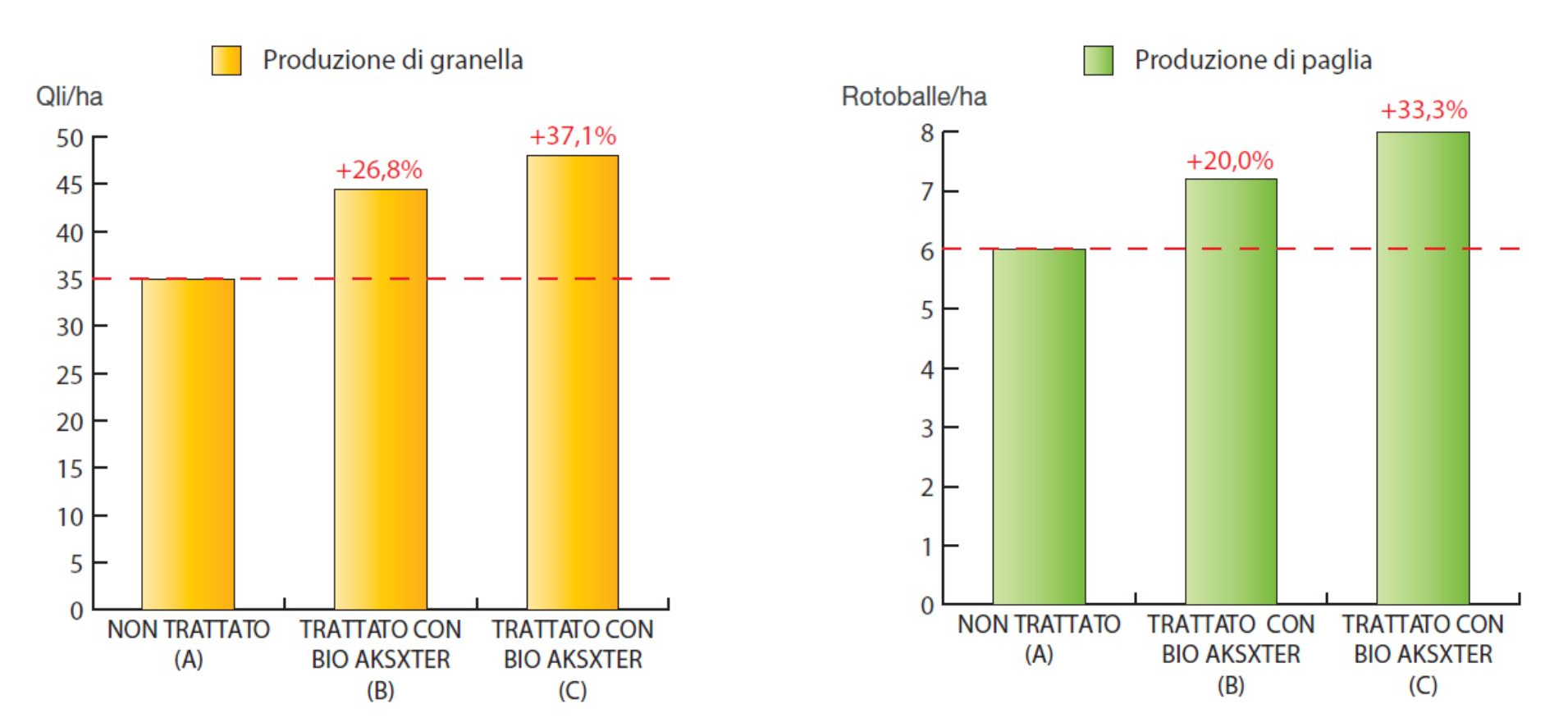
Further considerations on durum wheat yields between untreated and BioAksxter® treated
The best wheat growth occurred on the soils treated since July 2008, where BioAksxter® had been used in the previous crop. In fact, the use of BioAksxter® over time always brings a progressive revitalisation of the soil with a consequent increase in production.
The average increase of 33% grain and 28% straw is therefore a figure that can be further improved.
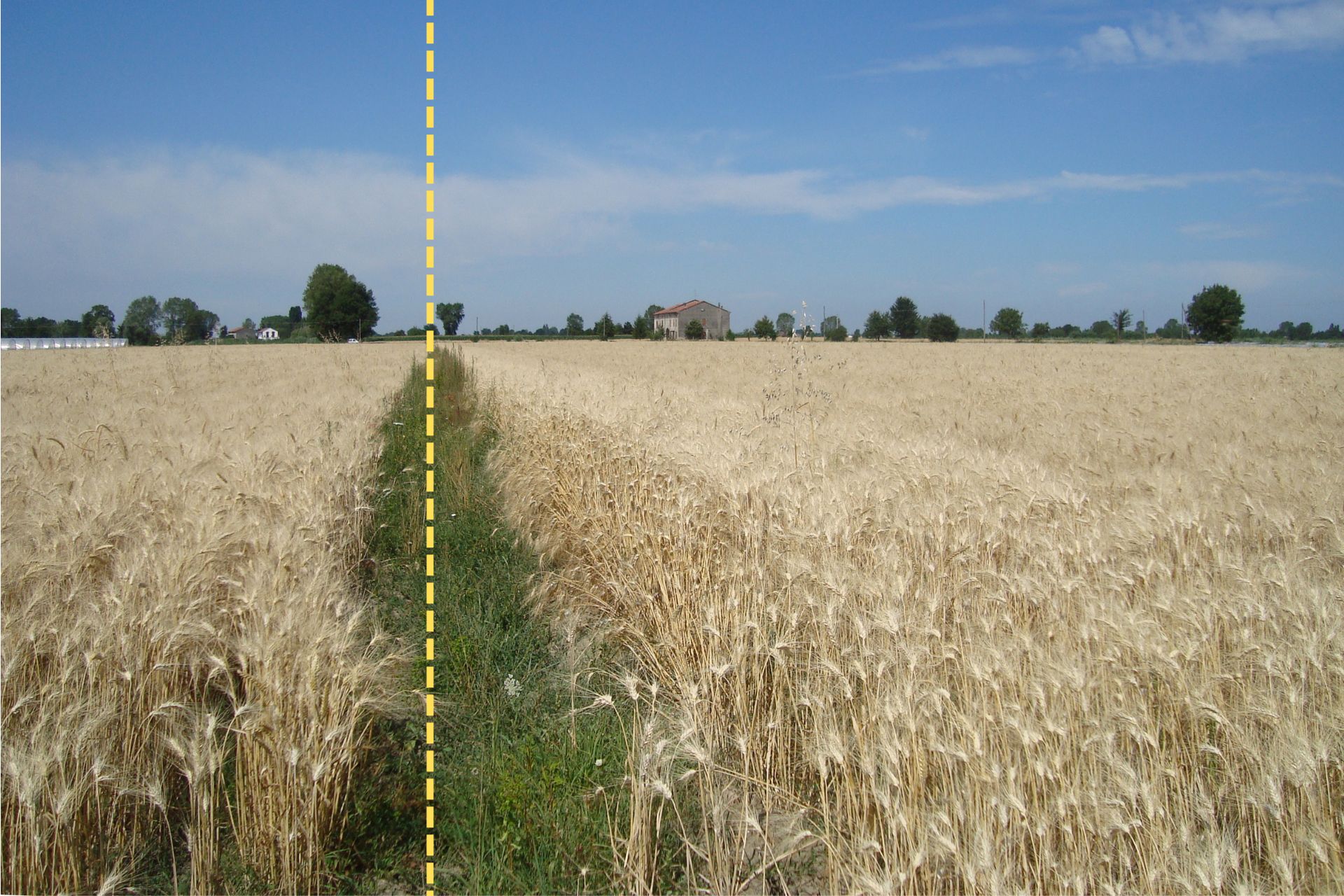
Production relative to two plots of durum wheat cultivated with BioAksxter®, on the left treated since November 2008, on the right treated since July 2008 (more ears were detected).
Another very important difference between treated and untreated wheat concerns vegetative development; in March 2009, the untreated wheat had long, thin leaves, showing abnormal growth that led to less culm tillering.
Instead, the treaty developed in a balanced manner, showing greater responsiveness to weather and environmental adversity.
